Introduction
Biosecurity involves management practices aimed at preventing the introduction and/or spread of harmful organisms (e.g. viruses, bacteria) to dairy farms and avoiding common or emerging diseases. The careful implementation of these practices is key to protect both people and animals, as well as to ensure a viable and safe food supply for consumers.
Focus should be placed on four key areas:
- Biosecurity Mindset
- Protecting Dairy Cattle
- Protecting People
- Protecting the Farm
Follow these general recommendations to strengthen biosecurity and safeguard both dairy cattle and humans.
Biosecurity Mindset
- Develop, implement, and practice a detailed biosecurity plan for your dairy farm.
- Stay informed about common and new infectious diseases in your area.
- Understand the role each individual plays in maintaining biosecurity.
- Implement continuous education and training to keep up with the latest biosecurity recommendations.

Protecting Dairy Cattle
- Work with your dairy herd veterinarian to maintain animal health and take further testing action as needed.
- Maintain a closed herd. For new or returning animals, isolate for approximately 30 days before integrating them into the herd.
- Identify the symptoms of common and emerging infectious diseases, monitor health, and maintain detailed records of illness and treatment. Manage sick animals and dispose of dead animals properly.
- Do not feed calves or other animals unpasteurized milk or colostrum if cows pose as a risk for disease transmission (ie. Johne’s, HPAI/H5N1).
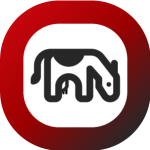
Protecting People
- Build awareness of the importance of biosecurity measures on human health. Post biosecurity signs around the farm to encourage everyone of best practices.
- Use personal protective equipment (PPE) to limit contact and spread.
- Ensure that farm staff and visitors wash their hands frequently, wear clean clothing, and disinfect their footwear. Keep visitor and employee logs.
- Never consume raw milk and avoid eating or drinking around animals.

Protecting the Farm
- Establish a Line of Separation (LOS) around your facility to control movement of people, vehicles, and equipment onto the farm.
- Determine specific routes for farm traffic that limit unnecessary contact with animals and prevent feed/manure cross-contamination.
- Use effective cleaning and disinfectant products for facilities, vehicles, and equipment.
- Implement measures to control pests such as rodents, birds, and wildlife to reduce potential transmission and protect feed and feed storage from contamination.

Download this article as an Infographic
References
FARM Enhanced Biosecurity: https://nationaldairyfarm.com/dairy-farm-standards/farm-biosecurity/enhanced-biosecurity/
SMS Enhanced Biosecurity Checklist: https://securemilksupply.org/Assets/SMS_Enhanced-Biosecurity-Self-Assessment-Checklist.pdf
Wisconsin DATCP Biosecurity: https://datcp.wi.gov/Documents/BiosecurityDairyFarms.pdf
Reviewers
English version Reviewers
Aerica Bjurstrom
Regional Dairy Educator
University of Wisconsin-Madison, Division of Extension
Jackie McCarville
Regional Dairy Educator
University of Wisconsin-Madison, Division of Extension
Spanish version Reviewer
Alison Pfau
Regional Dairy Educator
University of Wisconsin-Madison, Division of Extension
Authors
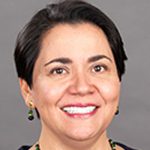
Carolina Pinzón-Sánchez
Bilingual Dairy Outreach Specialist – As a statewide Dairy Outreach Specialist, Carolina identifies needs and incorporates research findings into high-quality outreach education programs around dairy production.

Faith Reyes
Dairy Outreach Specialist – Faith Reyes was a Dairy Outreach Specialist in the Division of Extension at the University of Wisconsin – Madison (2023-2024). Her work aimed to understand dairy farmers’ needs to provide directed, beneficial education programs. She served as a bridge between the novel research taking place at the university level and the dairy industry by communicating research outcomes and applicable on-farm solutions.


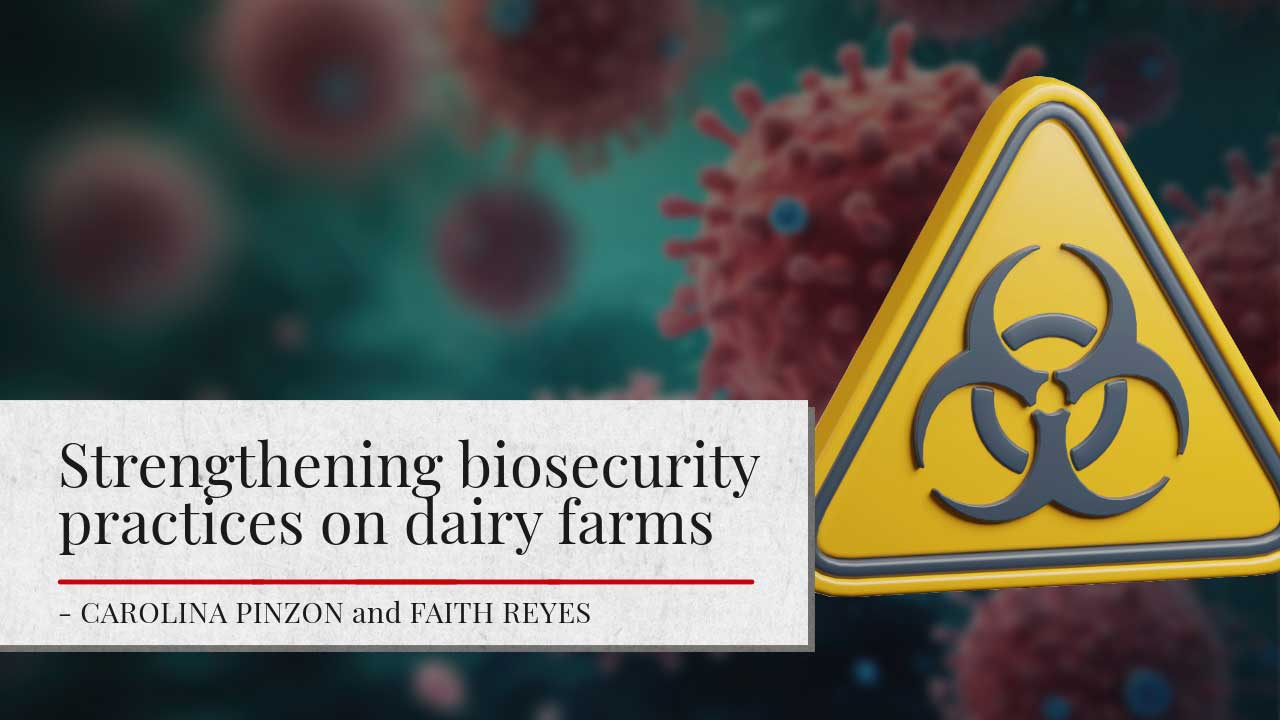
 Heifer blueprint: Best practices for biosecurity
Heifer blueprint: Best practices for biosecurity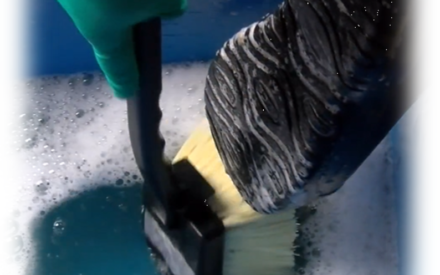 Step into biosecurity with clean and disinfected boots
Step into biosecurity with clean and disinfected boots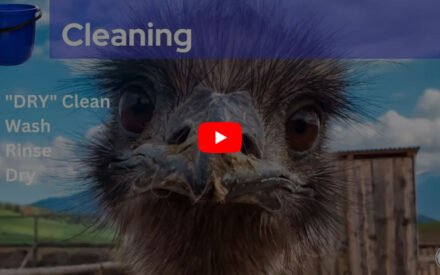 ▶️ Watch: Basic Biosecurity Practices For Livestock Operations
▶️ Watch: Basic Biosecurity Practices For Livestock Operations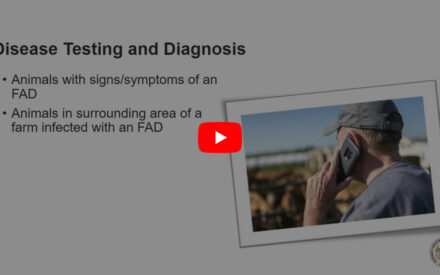 ▶️ Watch: Biosecurity During a Disease Outbreak
▶️ Watch: Biosecurity During a Disease Outbreak


